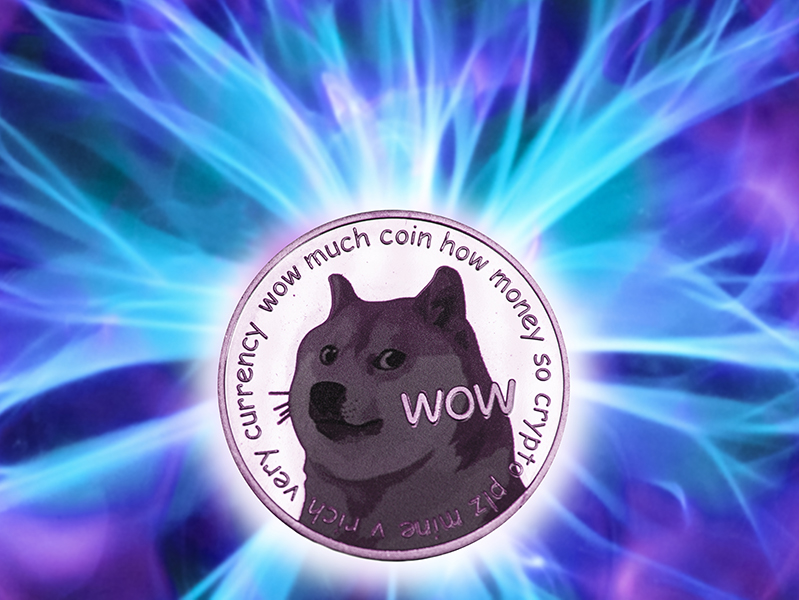
If you needed any evidence that cryptocurrency investments are having a mainstream moment, look no further than last weekend’s episode of Saturday Night Live.
In the week leading up to Tesla co-founder and cryptocurrency enthusiast Elon Musk’s May 8 appearance as host of the long-running comedy sketch show, Dogecoin hit an all-time high of around US$0.73, having never traded above $0.01 before the start of 2021. However, Dogecoin’s value then plunged by around a third in the days after Musk’s SNL appearance, following his description of it as a “hustle.”
Read: Back to basics on cryptocurrency
It’s that kind of volatility that scares off many institutional investors from cryptocurrencies, says Arthur Salzer, the chief executive officer of Markham, Ont.-based Northland Wealth Management. “It’s still a nascent asset class for institutional investors. What’s been built so far is really the plumbing and some on ramps for institutions to be able to invest. Most cryptocurrencies are in the venture capital bucket.”
Bitcoin may be the one exception to that rule, he says, with its more established status and pre-programmed scarcity allowing some investors to treat it as a digital version of gold. “It has very different performance characteristics versus other asset classes and if you’re adding an asset class with negative correlation to a traditional 60/40 portfolio, there’s the potential to improve returns over the long term.”
Read: Do pensions need to look at Bitcoin in a world of negative bond yields?
Non-fungible tokens received their own SNL treatment a few weeks previously, when cast members explained the craze surrounding the digital assets in a rap video parody. NFTs caught the public imagination after a string of high-profile sales involving digital artwork whose uniqueness is confirmed via transactions encrypted and logged on a blockchain. That included a JPEG file image by digital artist Beeple that fetched more than US$69 million at auction, but C.V. Rao, a Boston-based equity analyst at MFS Investment Management, remains unconvinced about NFTs’ long-term investment potential: “It’s a bubble within a bubble.”
Still, he says the transparency and security of the blockchain technology that backs up NFTs and cryptocurrencies such as Bitcoin and Dogecoin could make it much more enduring than any of the individual passing fads built on its foundations.
“Blockchain as the enabling technology is going to be a lot more powerful and relevant to our lives as investors going forward,” says Rao. “It’s a system that allows you to document any counterparty transaction.”
Read: Confidence in Bitcoin up among institutional investors: survey
In the financial sector, he says the current cryptocurrency boom is more significant than the last one in 2017 because of the way central banks and regulators around the world have embraced the concept this time around. “All the infrastructure that’s required is being put in place.”
NFTs, meanwhile, may be most notable as proof of concept for the tokenization of real assets, which could have implications for the development of smart contracts — digital agreements coded to execute automatically when certain thresholds are crossed — Rao says.
“When you think about futures, options, credit default swaps, or any kind of financial instrument, they’re nothing but contracts. But it’s going to affect multiple sectors, not just financials.”
